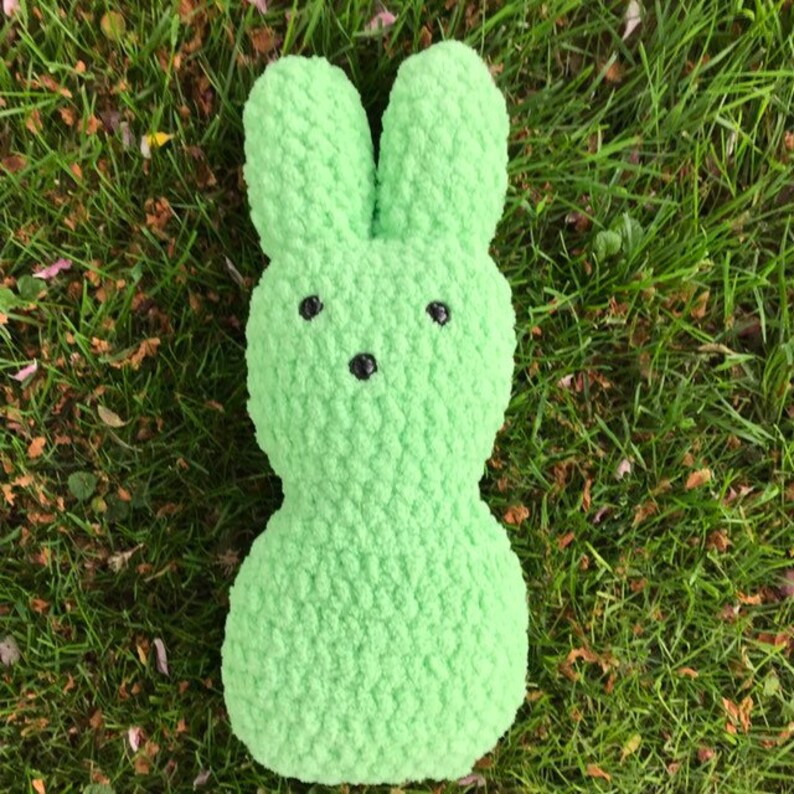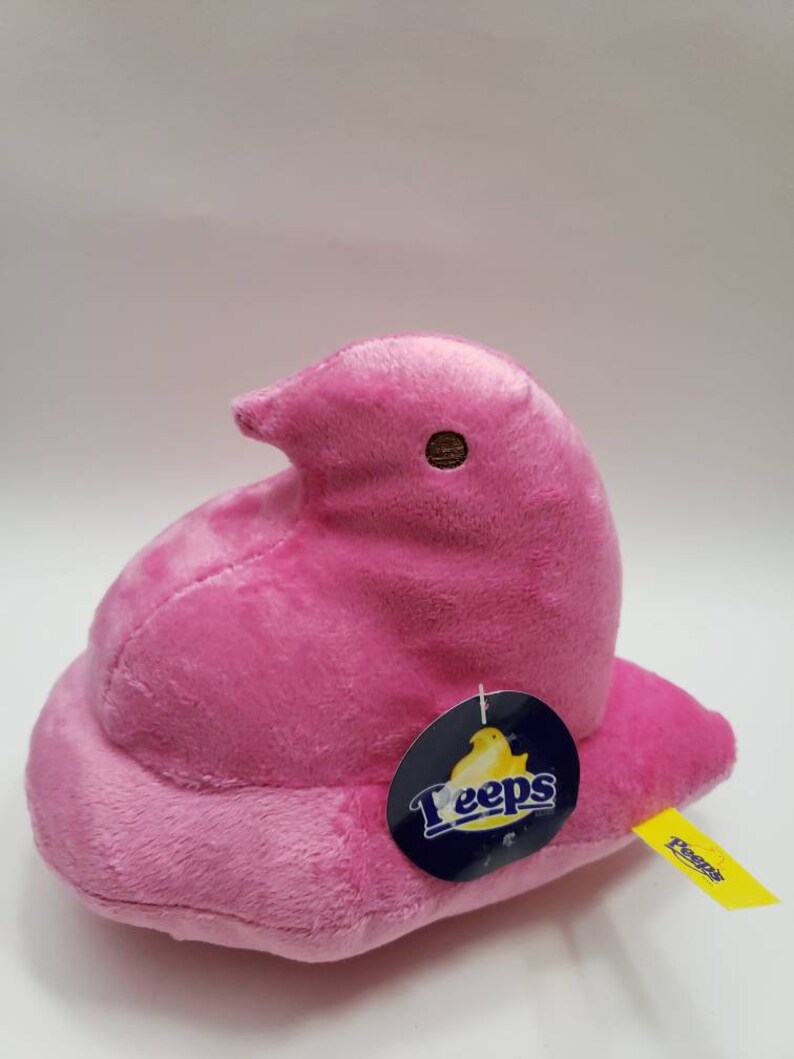

Can be driven by another step sequencer, which can be driven by another one.Arpeggiator mode with the same creative power and flexibility.Pitchbend features an auto-glide function. Includes 4 lanes for sequencing MIDI Controller/Aftertouch/Pitchbend.Seamless pattern switching, recordable.Unlimited number of pattern, each with its own loop length and step length.Supports multiple MIDI channels hence multi-timbral sequences.

M7's Step Sequencer also features Modulation Groups which let you group certain steps and vary (and automate!) the pitch, velocity and length of the grouped steps on the fly! At the same time the Step Sequencer also features multiple patterns, each with its own loop, and state of the art sync modes that allow realtime switching between patterns and come up with original dynamic sequences. When playing the Step Sequencer via MIDI the step sequence is automatically transposed so you can play melodies of sequences, a great way to generate new musical ideas. Each step can be easily toggled on/off, transposed, etc. Each lane can be a single note, a (strummed) chord, or even a micro sequence on its own. M7's new Step Sequencer module is a very creative tool to experiment with and generate all kinds of sequences like drum patterns, melodic riffs, chord progressions etc. Now MuLab 7 always keeps track of the original source audio file and will only create a single "SomeName.MuWave" that will only be used for playing the original file.Īt the same time the resampling speed and quality have been greatly improved compared to MuLab 6 thanks to the use of Voxengo's R8Brain resampling library. In previous versions however, when switching a lot between various audio setups, this could result in multiple intermediate resampled audio files like "SomeName-resampled48000-resampled44100-resampled48000.wav" etc. This is more CPU and RAM efficient than resampling the audio file in realtime. When playing back an audio file with a different samplerate, MuLab creates a resampled version of that audio file. Improved Support For Streaming Audio Files With Different Samplerate You can also still use start markers, just like in MuLab 6, so to manage a common start point for multiple audio parts.Īudio parts now also feature a snap marker for easily moving/copying an audio part with a specific audio cue point.įor example if you have a vocal audio part that starts with the word "Spring" you can put a snap marker on the "P" so to perfectly align it to the beat. In MuLab 7, when splitting an audio part, no new marker is created, but a part specific start point is used.

When doing many splits this could end up in many markers, which was not very comfortable. So when splitting an audio part, a new marker was added. In previous versions audio parts always used a marker as start position. While the modular flexibility still is there in case you want it. Now MuLab 7 also supports easy traditional audio track recording: Add an audio track, arm, record, done. In previous versions, audio recording relied on the modular Audio Recorder module.Īlthough this allows for very flexible recording setups, for users that are used to traditional audio track recording, this modular approach could be daunting.


 0 kommentar(er)
0 kommentar(er)
